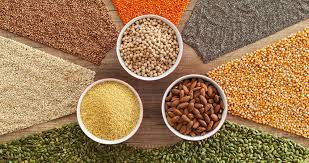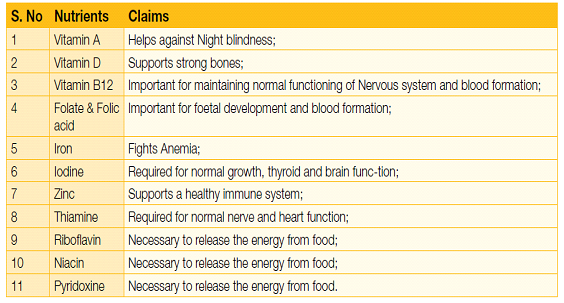Free Courses Sale ends Soon, Get It Now


Free Courses Sale ends Soon, Get It Now



Copyright infringement not intended.
Context
Food Fortification Recent Developments
Food Fortification
What is the need for Fortification in India?
Hunger and Malnutrition

Copyright infringement not intended.
Rice Fortification
Technologies used in Fortification
Extrusion Technology Mechanism
Standards for fortification
Does fortified rice have to be cooked differently?
India’s capacity for fortification
How can a beneficiary distinguish between fortified rice and regular rice?
https://indianexpress.com/article/explained/what-is-fortified-rice-how-is-it-prepared-7860432/
© 2024 iasgyan. All right reserved